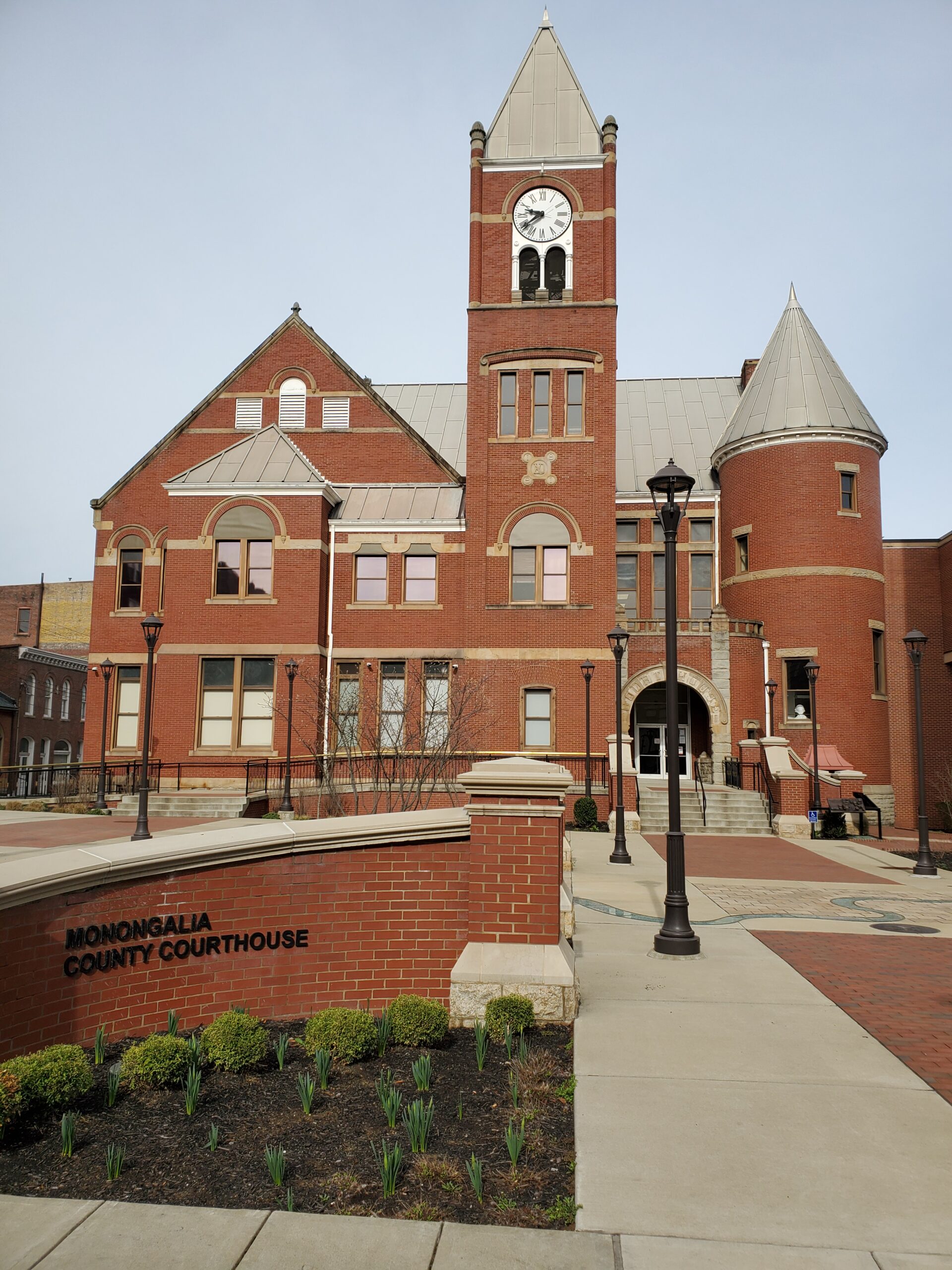Be it an individual, a family, a business, an agency, a city, county, state or nation, 2020 can essentially be summed up in eight characters, COVID-19.
And while that’s certainly true for Monongalia County, there was some other stuff that happened, too.
But we might as well get it out of the way.
In the red
Festive as it may be, red isn’t the color you want to see representing the rate at which COVID-19 is burning through your county.
In July, Monongalia County became the first county in the state to hit that grim designation, based on a seven-day rolling average of daily positive COVID-19 cases per 100,000 population.
At that time, Monongalia County represented about 30% of the state’s active cases with 436, the vast majority of which were between the ages of 18-29.
This prompted a number of reactions, both locally and at the state level, including an executive order by Gov. Jim Justice to shut down the county’s bars from July to October — minus a few days in September.
Throughout all of this, the Monongalia County Health Department has undertaken a Herculean effort — working essentially around the clock since March to provide information, testing, contact tracing, and now, vaccine distribution.
In the black
While we’re all literally sick of hearing about the spread of COVID-19, the continued spread of development in the county is far more welcome news.
In January, the Monongalia County Commission authorized $70 million in additional bonding tied to the ongoing WestRidge development in the expanded University Town Centre TIF district.
A portion of those bonds will be used to finance a new access to Mylan Park from Exit 155 (WVU/Star City) on I-79.
The Division of Highways is expected to reconfigure Exit 155 starting sometime in 2021. In August, the DOH estimated the project at $66 million and said the original plan would be to turn the existing infrastructure into a divergent diamond interchange with a flyover heading west.
In October, the commission extended the Morgantown Industrial Park TIF from 25 to 30 years and increased the principal amount of the district by $1.5 million to help finance studies of a new I-79 interchange that would provide direct interstate access to the back of the park and open an additional 100-plus acres for development.
Tied to the interchange and park expansion is a private investment by Mountaintop Beverage estimated at $100 million.
In lieu
With a vote on Dec. 16, the commission finalized a 30-year payment in lieu of taxes agreement with daughter companies of Longview Power, clearing the way for the company’s billion-dollar gas and solar expansion.
The agreement, in the works for some 18 months between the commission, Longview and the Monongalia County Board of Education, will result in $60.7 million for use within the county.
Those dollars include $2.5 million when Longview — going under Mountain State Renewables for the solar facility and Mountain State Clean Energy for the gas facility — finalizes project financing.
Once construction is complete, just over $58.2 million will be paid over the next 30 years. Those funds will be split between PILOT ($3,100,000) and lease payments ($55,122,516).
Because the agreement is structured so the bulk of the money comes through lease payments, the commission needed additional consideration from the board of education.
The PILOT/lease ratio is structured to get around the state holding PILOT payments against school districts when calculating school aid formula, as it is with the original Longview PILOT, passed in 2003 and worth $108 million — $105 million in PILOT payments and $3 million in lease payments.
“About 98% of these dollars will stay here in Mon County, as opposed to the other agreement, where only 69% stays here in Mon County,” Commissioner Sean Sikora explained.
The expansion will include a 1,200 megawatt combined cycle gas facility powered by two high-efficiency, low-heat-rate gas turbines. It will occupy 54 acres north of and adjacent to the existing coal-fired plant in Maidsville.
It will also include solar array fields near the existing coal plant and in Pennsylvania. Combined, the arrays will generate about 70 megawatts and cover hundreds of acres.
TWEET @BenConley_DP




